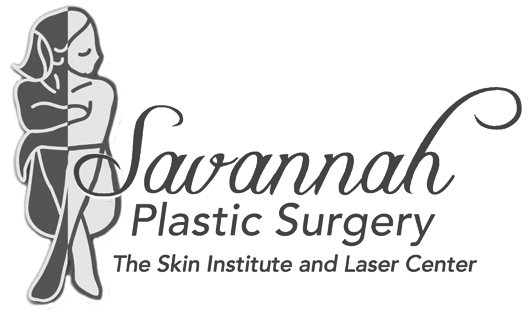Facial Surgery in Savannah, GA
Whether you are looking to address signs of aging or simply enhance your facial features to achieve a more harmonious appearance, facial surgery can be a great option. In Savannah, Georgia, we offer facial surgery procedures to the residents of Savannah and the nearby cities of Chatham County.

What is Facial Surgery?
Facial surgery is a subspecialty of plastic surgery that, as the name suggests, focuses on the facial features. Facial surgery techniques can essentially be used for one of two reasons. First, facial surgery can be used to address loose skin and related signs of aging. With these techniques, patients can achieve a more youthful appearance. Second, facial surgery can be used to alter and otherwise enhance the shape or appearance of the facial features. This can help enhance facial symmetry or help the facial features complement one another. In any case, our surgeons are proud to offer facial surgery procedures to help patients look and feel their best.
What Facial Surgery Treatments Are Available?
Our surgeons currently offer the following facial surgery procedures:
- Facelift: The timeless facelift procedure provides comprehensive anti-aging benefits to the face, alleviating sagging skin and wrinkles to rejuvenate the appearance.
- FreshLook Lift®: This newer alternative to a facelift offers similar results at a lower cost and with a shorter recovery period.
- Blepharoplasty: Often called eyelid surgery, this procedure can rejuvenate the appearance of the eyes while simultaneously improving field of vision.
Contact us today to schedule your consultation for facial surgery. We are proud to offer these and other plastic surgery services to the men and women in Savannah, GA, and the surrounding areas of Chatham County.

CALL TODAY!
912-351-5050


CALL TODAY!
912-351-5050
MAIN OFFICES:
Luke J Curtsinger
410 Mall Blvd. Suite E
Savannah, GA, 31406
Barbara L Davies
322 Stephenson Ave. Ste B
Savannah, GA, 31405
SATELLITE OFFICES FOR LUKE J CURTSINGER:
740 E. General Stewart Way, Suite 210B
Hinesville, GA 31313
Hampton Medical Park
3226 -F Hampton Avenue
Brunswick, GA 31520
17 Sherington Drive
Bluffton, SC, 29910

